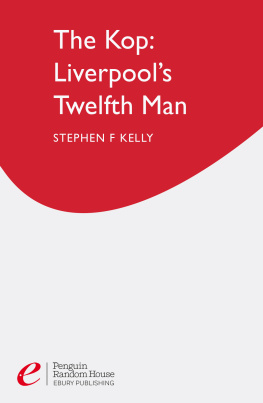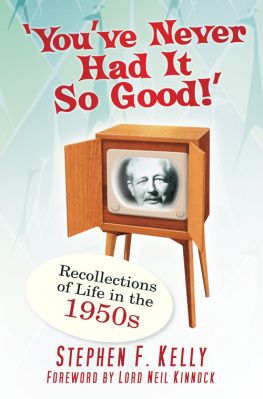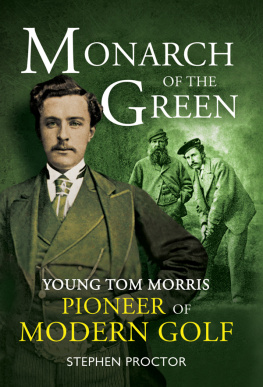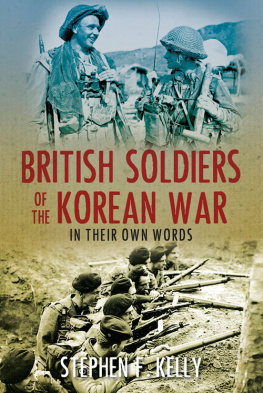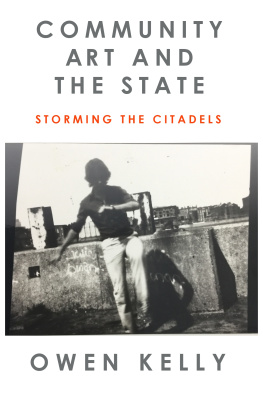CONTENTS
About the Book
The Spion Kop is one of the most famous, emotive and atmospheric vantage points in all of sport. The one-time terracing that could suck the ball into the net in Bill Shanklys home of more than 25,000 swaying, singing, standing Kopites, its now seated and can hold merely half of that number, but as the European triumph of the 2004-5 season proved, its magic still remains.
In this fully revised and updated edition, Stephen F Kelly uses eyewitness testimonies from Kopites, policemen, cleaners and referees as well as newspaper reports and the recollections of players and managers to trace the history of this amazing and fascinating stand each anecdote wonderfully evoking the spirit of the changing times the Kop has experienced.
Stirring, emotional and marvellously readable, The Kop is a must for any Liverpool fan and anyone interested in what it means to be a supporter of any football club.
Also by Stephen F Kelly in Virgin Books
SHANKLY: ITS MORE IMPORTANT THAN THAT
GRARD HOULLIER: THE BIOGRAPHY
The Kop
Liverpools Twelfth Man
Stephen F Kelly

This book is dedicated to Scallies,
Scouser Tommies and Kopites
wherever they may be.
INTRODUCTION
Even when empty and glimpsed in the dazzle of a summers day it is an awesome prospect. But gleamed through the haze of the floodlights and the swirling cigarette smoke of a misty European evening, it is a truly breathtaking sight. There was a time on the old Kop when 25,000 bawling, chanting, dancing, cavorting fans, could be seen tumbling one way and then crashing another in a rough old sea of a crowd. And the noise, the sheer noise of it all, was almost enough to lift the roof off.
Now that the capacity is just 12,000 seated fans it might not be quite the same, but on European evenings, especially those of the 200405 season when Liverpool stormed triumphantly towards European Cup glory, it can be every bit as passionate, noisy and dramatic.
This is the Anfield Kop, renowned throughout the world of football. If not the largest single stand in British football, it is surely the most exhilarating, the most intimidating, the most frightening. Little wonder visiting teams have taken the field with terror in their eyes, no surprise opposing goalkeepers have been seen to shake. The former Liverpool manager Bill Shankly claimed it was Liverpools twelfth man and worth a goal start; few would disagree with him.
It was, and still is, to the Liverpool fan a cathedral, a place of worship, and after Hillsborough, a shrine. The building itself was always impressive, its roof a mighty steel frame hanging dauntingly over the heads of 25,000 spectators, held up by just a handful of stanchions. The steps, and there were precisely one hundred of them, seemed to stretch upwards forever. Even from the outside it looked dramatic, angles here, angles there thrusting out over the Walton Breck Road, cream-painted pillars, fancy red bricks and even windows. Today, it is not perhaps as awesome as it once was. Rather it is streamlined, modern and utilitarian. And with no stanchions, pillars, and with 12,409 seats it is a comfortable stand affording a splendid view of the game.
But despite all the changes, it is the people who have made the Kop the envy of world football, those who have stood or sat on it over the years, sometimes crushed together in a frenzy of excitement or jumping up as a corner swings into the penalty area. Without them the Kop is simply a spectacular piece of civil engineering. With them it is something else, a community, a congregation, a culture.
In the South African province of Natal, some miles inland from Durban and close to Ladysmith, there is a small hill known locally as Spion Kop. The South Africans sometimes even spell it Spionekop or Speonkop and usually pronounce it Spee-on Kop. The name would almost certainly never have travelled much beyond Durban and would unquestionably never have become part of footballs vocabulary had it not been for a fearful battle that took place there on 24 January 1900. The Battle of Spion Kop, seen for just a day or so as a famous victory, to quote the Manchester Guardian, soon went down in history as the most mismanaged battle of the entire Boer War and one of the most disastrous in the history of the British military. It was a scandal that was conveniently swept under the carpet.
The British had rightly spotted the Boers position on Spion Kop, yet there was never any strategic reason why they should attack them. When asked why he had ordered the assault on Spion Kop, General Buller answered like some Alpinist climber, because it is there. He was then asked what they should do when it was captured. Buller considered for a moment then replied Stay there. The seeds for disaster had been sown. But the most appalling mistake was the militarys lack of geographical knowledge. No balloon had been sent up to examine the Kop, nor were any local guides consulted. It was to prove the most calamitous mistake of all.
At 7.30 p.m. on 23 January, the assault began. Over 1,500 men mainly from the Lancashire Fusiliers, the Royal Lancasters and the South Lancashires began the steady march towards the foothills of Spion Kop. No machine guns were taken; the order was simply fixed bayonets. At 11 p.m. they reached the foothills and slowly began to climb through the mist and drizzle. Early the next morning they encountered their first Boers and after a brief skirmish the Boers fled. The army, believing that they had taken Spion Kop, sent three cheers to the men below and began to dig in. The trenches they dug were to become their graves. As dawn broke and the mist cleared they realised with horror that beyond Spion Kop lay the further and higher ridges of Aloe Knoll and Twin Peaks where the Boers waited peering down their gun sights. The British army was stranded. They had dug themselves into a death trap. In the torrid heat of the next day, without food, water and running out of ammunition, the brave lads of Lancashire fought heroically until the generals back at camp began to realise their error and called for a withdrawal. By then the damage had been done: 383 British soldiers were dead, over a thousand had been wounded and 303 were missing, presumed held prisoner. The Boers suffered between 350 and 800 fatalities. Although the death toll was to pale into insignificance compared to the later losses in the First World War, at the time it seemed and indeed was an appalling loss of life. The brief celebrations of the press soon gave way to horror as more accurate telegrams reached Fleet Street. The nation was appalled and the Battle of Spion Kop was to remain in British memories for some years.
Six years later, as Liverpool clinched their second league championship, the directors of the club led by its redoubtable chairman John Houlding and secretary John McKenna decided that Liverpool FC and its ever growing number of supporters was deserving of a more stately home. It was therefore decided to reconstruct Anfield with a variety of new facilities, including a new terracing at the Walton Breck Road end of the ground to replace the simple terracing and stand that already existed behind the goal. In late May work began on constructing a high banking with wooden steps. Crush barriers were also erected though there were surprisingly few. It was a grand scheme and more than enough to impress the papers. Liverpool, having provided themselves with an up-to-date enclosure, now possess a home worthy of their title as league champions, commented the most famous sports newspaper in the country,

